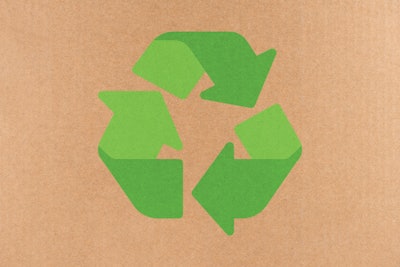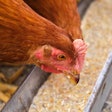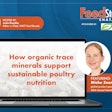
Consumers are still confused which types of sustainable packaging for meat and poultry reduce environmental impact, but they’re willing to pay more for it.
“What can you do to make your packaging more meaningful to consumers?” Myra Hughes Foster, VP, Sustainability, Innovation and Strategy, Sealed Air, challenged attendees at the 2024 Annual Meat Conference in Nashville, Tennessee.
Sustainable packaging is a hot topic with consumers. This type of packaging is designed to minimize the overall carbon impact and to optimize the materials used and energy consumption. For the poultry and meat industries, brand owners are challenged to find the right balance between package functionability, cost-effectiveness and environmental impact.
Consumer desire for sustainable packaging
Price, quality and convenience remain the top buying criteria for consumers, however interest in sustainable packaging continues to grow.
When it comes to packaging, consumers rank hygiene, food safety and shelf life as the most important packaging characteristics, with 43% responding that environmental impact is an extremely or very important packaging characteristic when making purchasing decisions.
Among these concerned consumers, most are primarily worried about the impact of ocean litter. Luckily, for the poultry and meat industries, few consumers are cooking proteins at the beach, Foster added.
Most consumers are willing to pay extra – approximately 3-5% -- for sustainable packaging. They may not always understand which packaging types are more sustainable, but for the most part equate sustainability with recyclability, she added.
Recyclable packaging for poultry, meat
Making poultry and meat packaging more recyclable can be done through right sizing, down gauging, light weighting, material reduction and volume reduction. Put together, Foster called these qualities innovation through source reduction.
In the U.S. today, there is no infrastructure to collect, sort and reprocess food contaminated flexible packaging — this means that there are limits to what the meat and poultry industry can do when it comes to sustainable materials. Finding the right solution will require innovative thinking, Foster said.


















